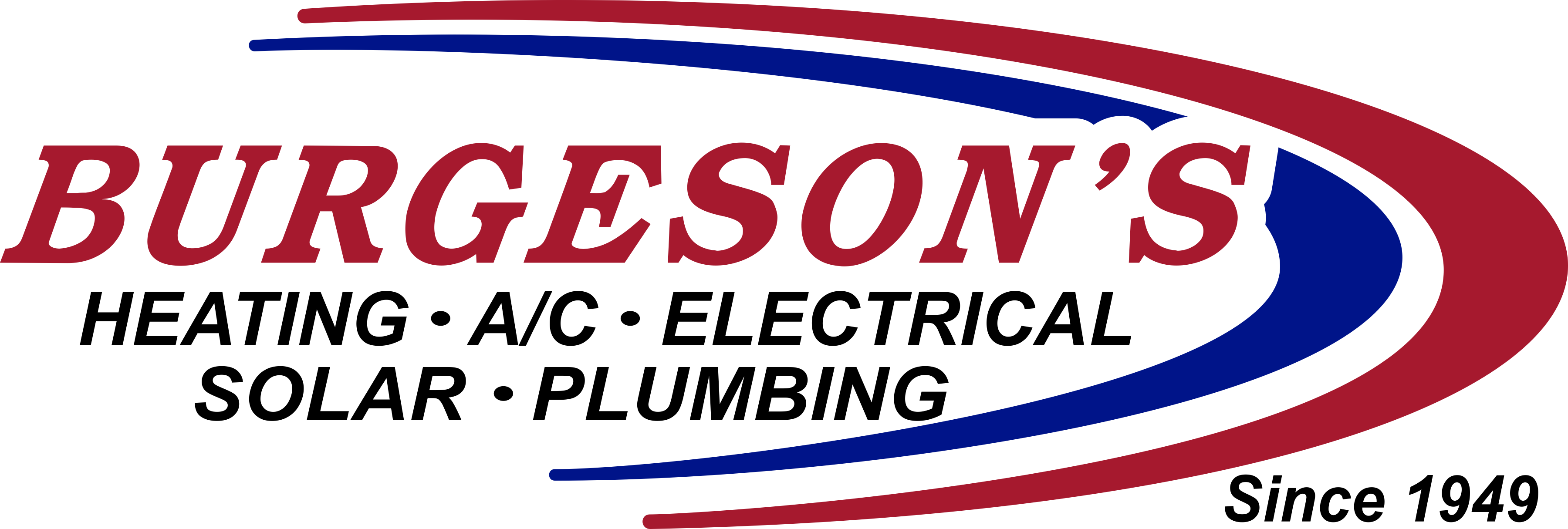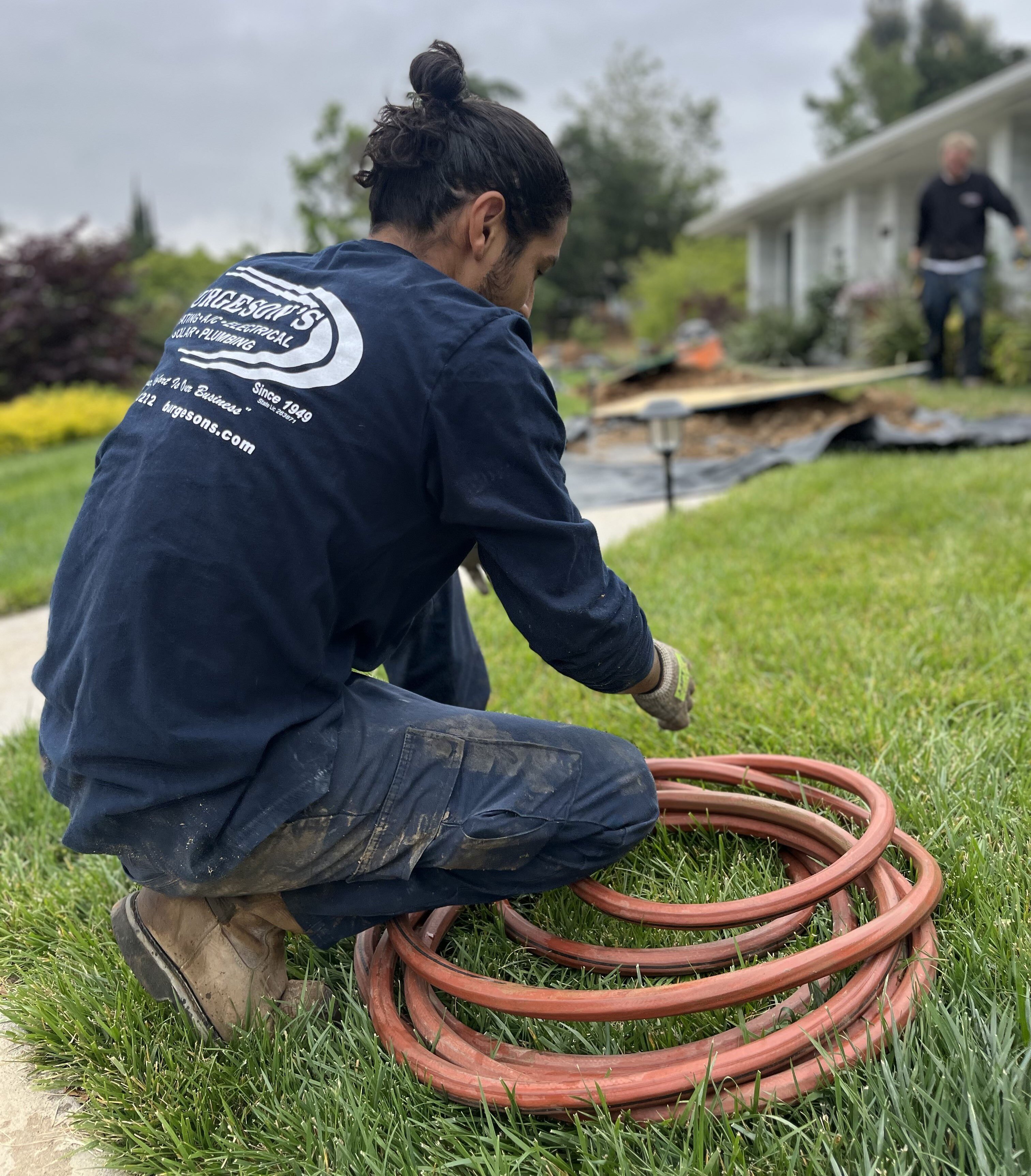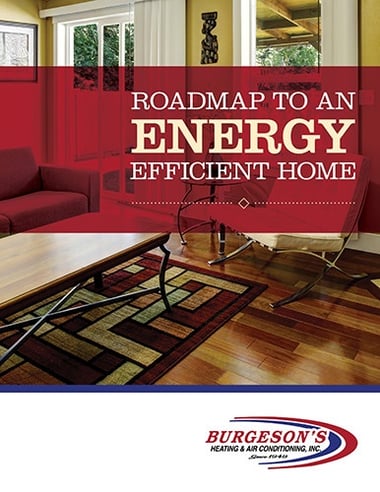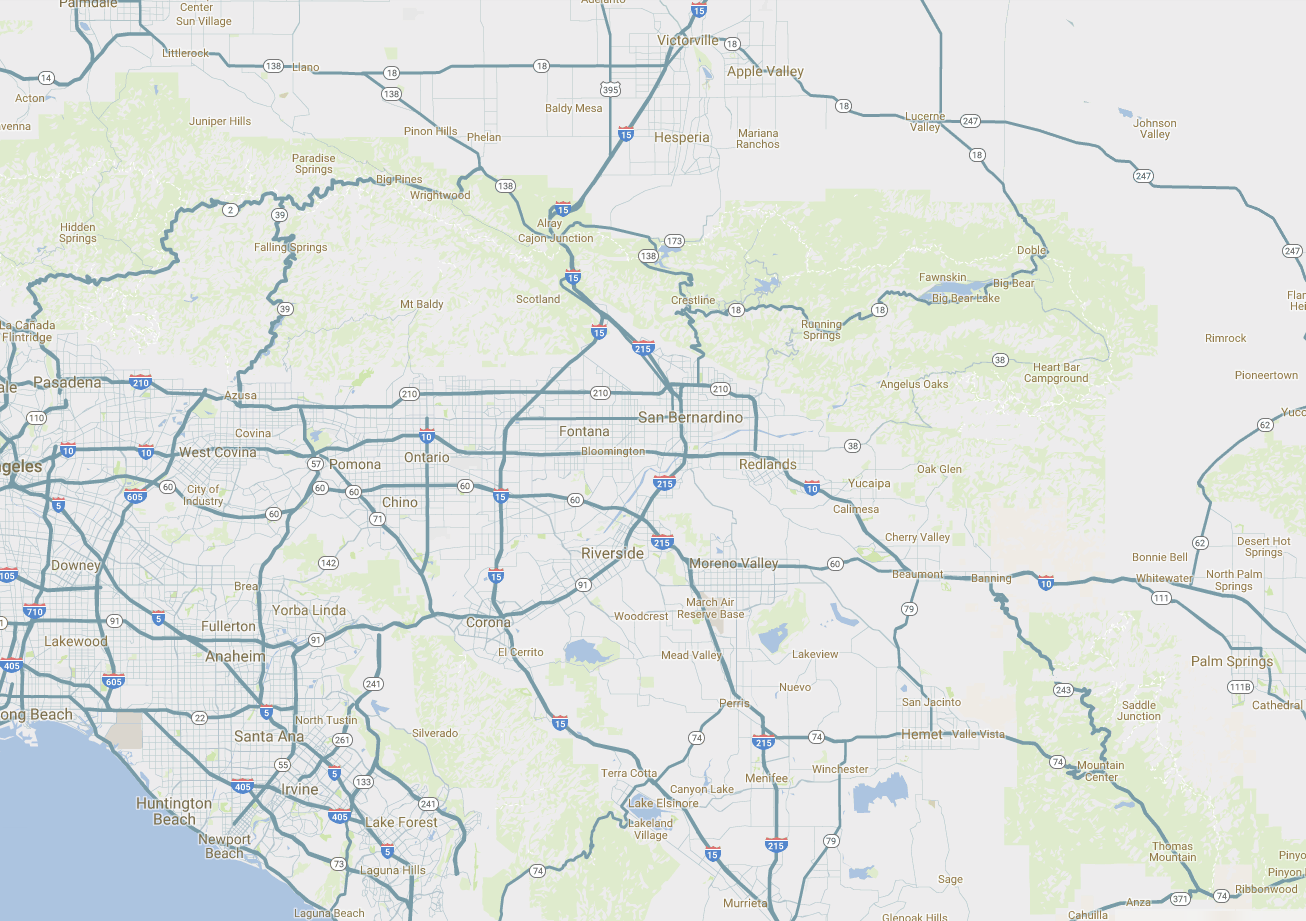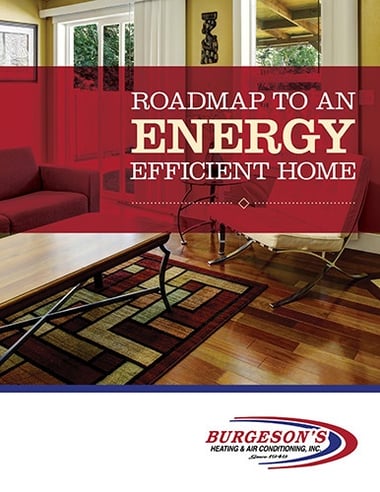Thinking of adding a gas line to your home? If so, the first question on your mind is how much the installation will cost.
In California, the cost to install a gas line ranges from $500 to $2,000+.
The price of your gas line installation will vary depending on the following factors:
- The length of the new gas line
- The location of the new gas line
- The number of gas appliances you want to connect to the new line
- The type of pipe material used
- The company who installs the gas line
Let’s look at each of these cost factors in more detail below.
Want a free quote to install a gas line in your California home? Contact Burgeson’s today for a no-pressure, upfront estimate. Call (909-792-2222) or…
Factor #1: The length of the new gas line
Most natural gas lines installation projects fall into the categories below:
- Running a gas line from the main service line (at the curb) to the meter or house (100+ feet)
- Running a gas line from the meter to outside or inside gas appliance (20–100 feet)
- Extending an existing gas line (20 feet or less)
The longer the length of the gas line, the more expensive the installation will be. This is because labor and material costs are greater for longer runs of pipe.
Note: If you are installing natural gas lines in your home for the first time, the utility company will first need to run a gas line from the main service line at the street or curb to your home. From there, a plumber will need to install a gas line to each gas appliance you have inside or outside your home (skip to Factor #5 for more details).
Factor #2: The location of the new gas pipe
Installing gas pipes above ground (such as connecting a household appliance to the meter) will usually cost less than installing gas pipes below ground. The reason is that installing underground pipes requires extra equipment and time, which raises the overall cost of the project.
If a professional needs to install pipes underground, they will typically use 1 of 2 installation methods:
- Trenching
- Horizontal Directional Drilling (HDD)
Trenching is the traditional digging method used to install pipelines. It is commonly used for laying pipes in a straight line through a yard to connect outside appliances to the meter or for running a gas line from the main line to the meter.
Horizontal Directional Drilling (HDD) is a “trenchless” installation method that uses special drilling equipment to lay gas lines underground. This method is non-intrusive, which makes it ideal for installing gas lines under above-ground obstacles such as a driveway, road or sidewalk.
In general, HDD is more expensive than trenching. However, trenching may require expensive post-installation costs, such as the cost to restore your lawn or landscape after the pipe is installed. The plumbing professional you consult with for the project will recommend the best installation method based on your situation.
Factor #3: The number of gas appliances you want to connect to the new gas line
The more gas appliances you want to connect to the new gas line, the greater the overall cost of the project will be because of increased labor time and materials.
Examples of common residential gas appliances include:
- Stove & oven
- Dryer
- Furnace
- Water heater
- Inside fireplace
- Outside gas grill
- Outside fire pit
- Pool heater
- Gas generator
Factor #4: The type of pipe material used
The most commonly used pipe material for gas lines include:
Black iron: Black iron pipes start at around $2 per linear foot. They are strong and airtight, but they are also rigid and can corrode over time when installed underground. For this reason, most plumbers only recommend using black iron pipes for above-ground (indoor) gas piping.
Galvanized steel: Galvanized steel pipes can vary in price, ranging from $3 to $9 per linear foot. They are less prone to corrosion than iron because they are coated with zinc.
High-Density Polyethylene Piping (HDPE): HDPE pipes ($1 to $3 per linear foot) are often used for outdoor piping because they do not corrode and they are flexible, which makes them easier to install. However, sharp rocks or tree roots can buckle the pipes, causing them to collapse.
Flexible Corrugated Stainless-Steel Tubing (CCST): CCST pipes cost anywhere from $2 to $4 per linear foot. Many plumbers recommend this type of pipe material for California homes because they are resistant to damage caused by natural disasters (such as earthquakes).
The plumbing contractor you hire will help you determine which pipe material is best for your home based on the scope of the project and local safety code requirements.
Factor #5: The company who installs the gas line
If you’re adding natural gas to your home for the first time, the gas utility company may help with the initial set up for a reduced price. Typically, the utility company will help with the cost of:
- Running a service line from the street/curb to the house
- Installing the gas meter
- Hooking up the service line to the gas meter
Note: If your home is 100+ feet from the street, the utility company may charge an extra cost per foot of pipe to install the gas line.
Generally, beyond the services bulleted above, any additional gas line installation work is the responsibility of the homeowner, which means you’ll need to contact a plumbing professional to help with the project.
Before hiring a plumbing company to install your new gas line, make sure:
- The plumber is licensed to ensure the necessary permits will be obtained and that the installation will comply with local building and safety requirements.
- The plumber offers guarantees on their gas line installation service. That way, you’ll know the plumber will stand behind their work if something is done incorrectly.
- The plumber has at least 10 years of experience. Installing a gas line requires extensive knowledge and skill, so you want to make sure the plumbing company you hire has adequate experience for the job.
- Hiring a plumber who meets the criteria above will likely install your gas line correctly, which will ultimately save you money in the long run and give you peace of mind.
Want a quote to install a gas line in your home?
One of our plumbing experts can give you an upfront, honest estimate on the cost to install a gas line in your home. Our plumbing professionals have years of experience and have handled countless gas line installations. When you hire Burgeson’s for the job, you can count on high-quality workmanship and excellent customer service during every step of the project.
See the areas we serve and the full list of plumbing services we offer.
Related reading
How Much Does it Cost to Replace a Sewer Line in the Southern California Area?
How to Unclog a Drain: A Southern California Plumber Explains
